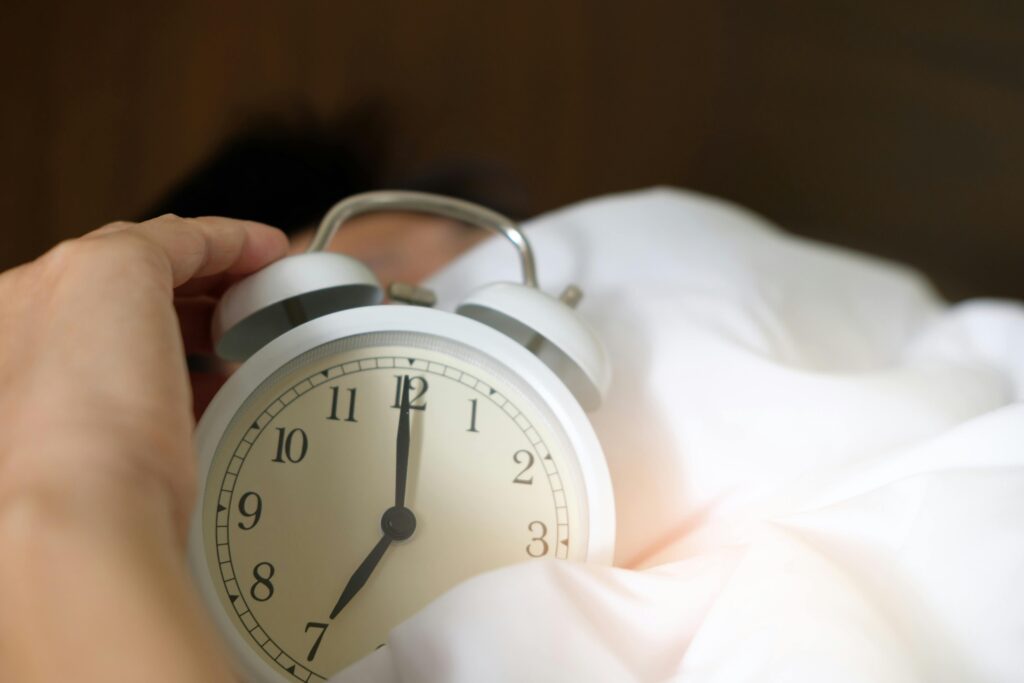
Microsleeps are brief periods of unintentional rest that can occur without one’s awareness. What are the implications of these short breaks lasting only a few seconds? Although scientists lack a singular definition, many studies focus on sleep intervals ranging from one to 15 seconds. Understanding of how microsleeps impact daily life, from disrupting routine tasks to posing risks in certain situations like driving, is increasing. Additionally, progress is being made in unraveling the reasons behind their occurrence.
While penguins on King George Island engage in microsleeps to protect their eggs, humans experience these brief moments of rest differently. Studies employing brain scans, eye recordings, and electroencephalogram (EEG) equipment reveal insights into the nature of microsleeps. In mundane tasks conducted in a laboratory setting, individuals experienced microsleeps, demonstrating their prevalence even in non-sleep-deprived conditions.
Microsleeps are not limited to specific scenarios and can be more frequent when individuals are fatigued. The importance of these brief lapses in attention, considered by some as microsleeps, is highlighted in activities demanding constant vigilance, such as driving. The study underscores the prevalence of microsleeps, even in those who have had sufficient sleep, emphasizing the potential risks associated with these involuntary moments of rest.



